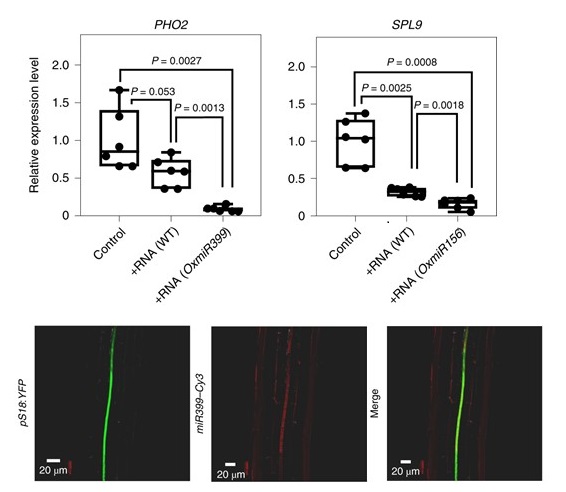
Exogenous miRNAs induce post-transcriptional gene silencing in plants (Nature Plants)
Plant Science Research WeeklySmall RNAs (sRNAs) are 21- to 24-nucleotide non-coding RNAs that induce gene silencing by targeting specific mRNAs for degradation. They regulate a plethora of developmental and physiological processes. Based on their biogenesis they are classified into two groups: micro-RNAs (miRNAs) and siRNAs. Within…

Review: The long road to engineering durable disease resistance in wheat (Curr. Opin. Biotechnol.)
Plant Science Research WeeklyThis review by Wulff and Krattinger is a beautifully written “must read”. As the title suggests, it takes the reader on a journey of scientific progress, starting from the “first controlled cross between two wheat species” to the present, with a look into the future. Triticum aestivum (bread…
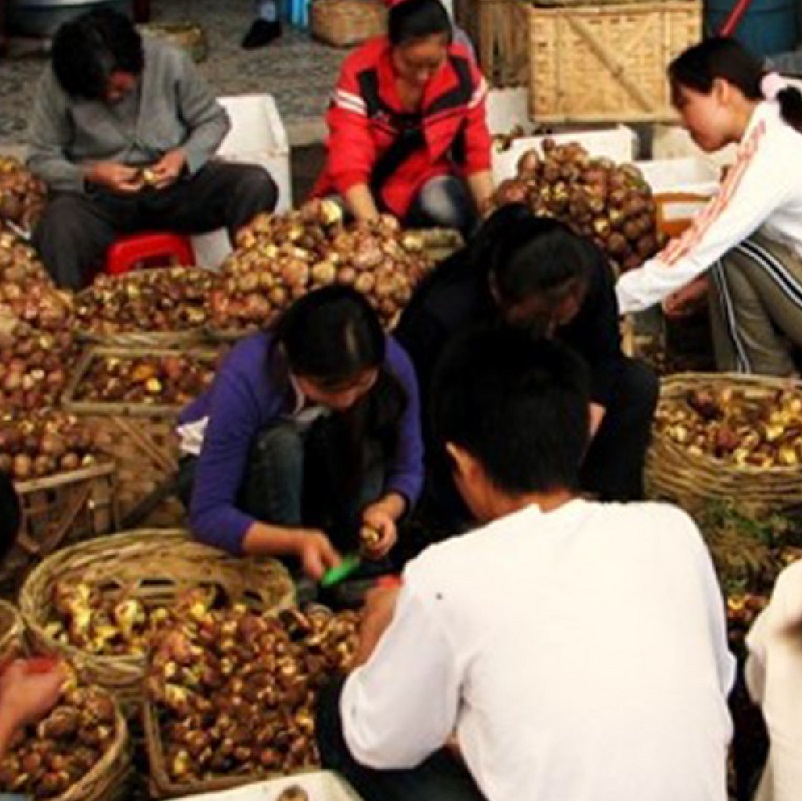
Plants People Planet Special Issue: Mycorrhizas for a changing world
Plant Science Research WeeklyPlants People Planet is a relatively young journal that launched in 2019. It’s aim is to explore aspects of plant science directly relevant to our daily lives, and how plant science is communicated to the public. The Sept 2021 issue has a focus on mychorrhizas, which it explores through several opinion,…

A slicing mechanism facilitates host entry by plant-pathogenic Phytophthora (Nature Microbiol)
Plant Science Research WeeklyA plant has many layers of defense against a pathogen. One of the first challenges a pathogen faces is how to get inside the plant. Some bacteria sneak in through open stomatal pores, and some fungi form high-pressure appressoria that burst through walls. Here, Bronkhorst et al. investigated how the…
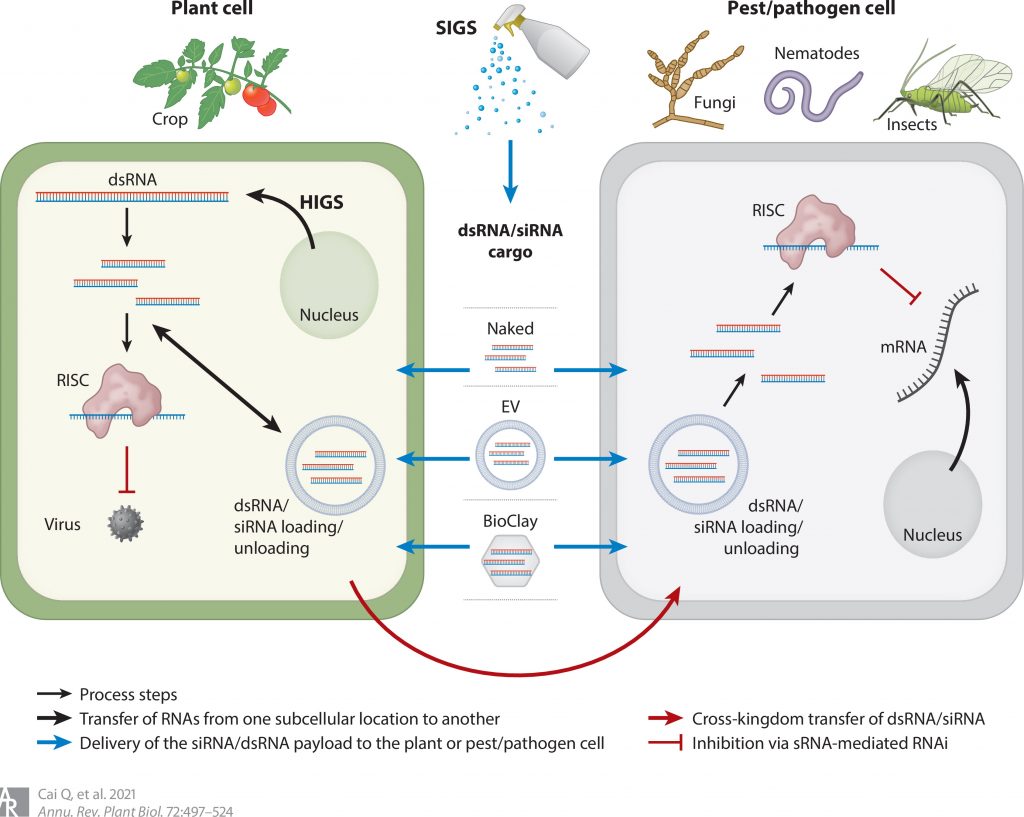
Review. Message in a Bubble: Shuttling small RNAs and proteins between cells and interacting organisms using extracellular vesicles (Annu. Rev. Plant Biol.)
Plant Science Research WeeklySmall RNAs have big effects and can serve to shut down or silence gene expression. Recently, studies have found that small RNAs can contribute to plant defense beyond the boundary of the plant, by being packed into extracellular vesicles (EVs) and delivered to a pathogen. Cai et al. review our current…

A bacterial effector targets a plant iron sensing protein, and benefits pathogen growth (Plant Cell)
Plant Science Research WeeklyPathogens often appropriate iron from their hosts, as acquisition of iron is vital to sustain life for most organisms. As demonstrated in this paper by Xing et al., an effector protein, AvrRps4, from a common bacterial plant pathogen, Pseudomonas syringae, directly interacts with BRUTUS (BTS), an iron…
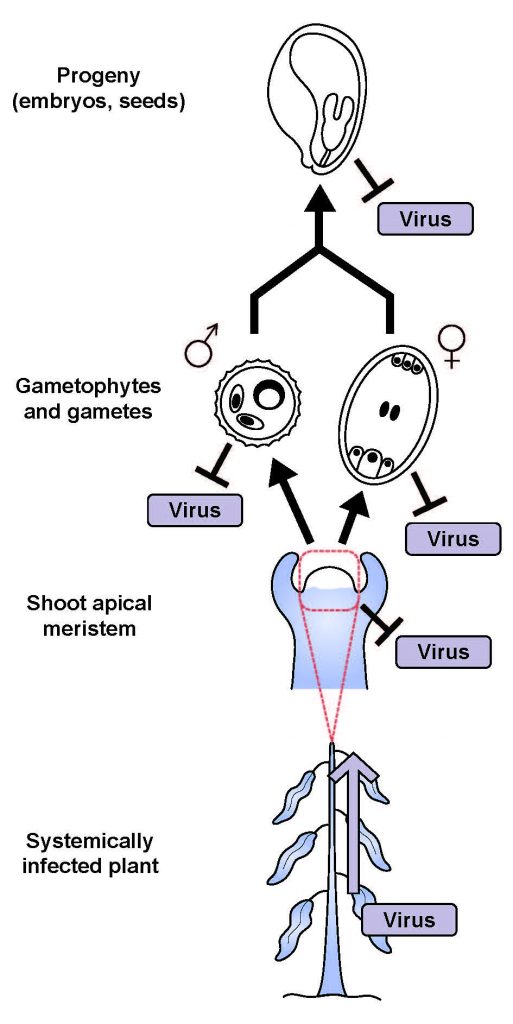
Review. Under siege: virus control in plant meristems and progeny (Plant Cell)
Plant Science Research WeeklyPerhaps, when our lives have been turned upside down by a human pathogenic virus, it’s easy to overlook the fact that plants too suffer from viral infections; but of course, they do. (And of course, famously, viruses were first discovered in plants). Although it is difficult to cure a plant of a virus…
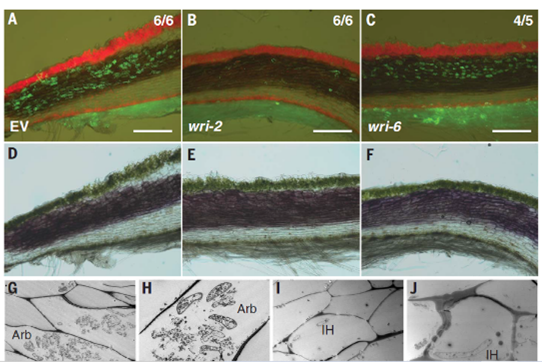
Give and Take: Lipid exchanges drove the evolution of mutualism during plant terrestrialization (Science)
Plant Science Research WeeklyPlants form symbiotic associations with a variety of microbial partners, among which arbuscular mycorrhizal fungi (AMF) are prominent. AMF are known to enrich plants with a host of vital nutrients including the essential macronutrient phosphorus. While the finer details of plant-AMF association are known…
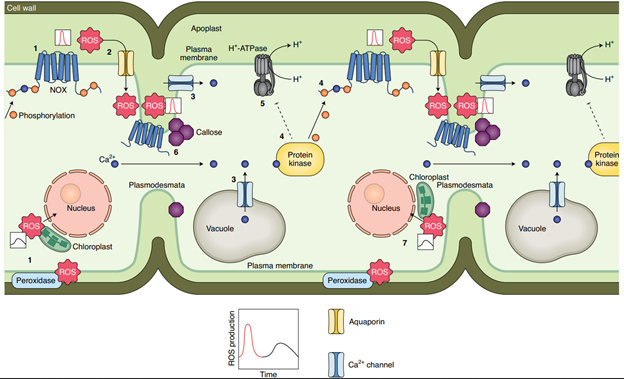
Review: Recent discoveries show novel sensors and regulation of reactive oxygen species (Nature Plants)
Plant Science Research WeeklyReactive Oxygen Species (ROS) are produced as metabolic byproducts and are vital participants in development and stress responses. However, ROS can be damaging, and are subcellularly localized to mitigate toxicity. Perception of pathogen attack leads to apoplastic ROS production through Respiratory Burst…

